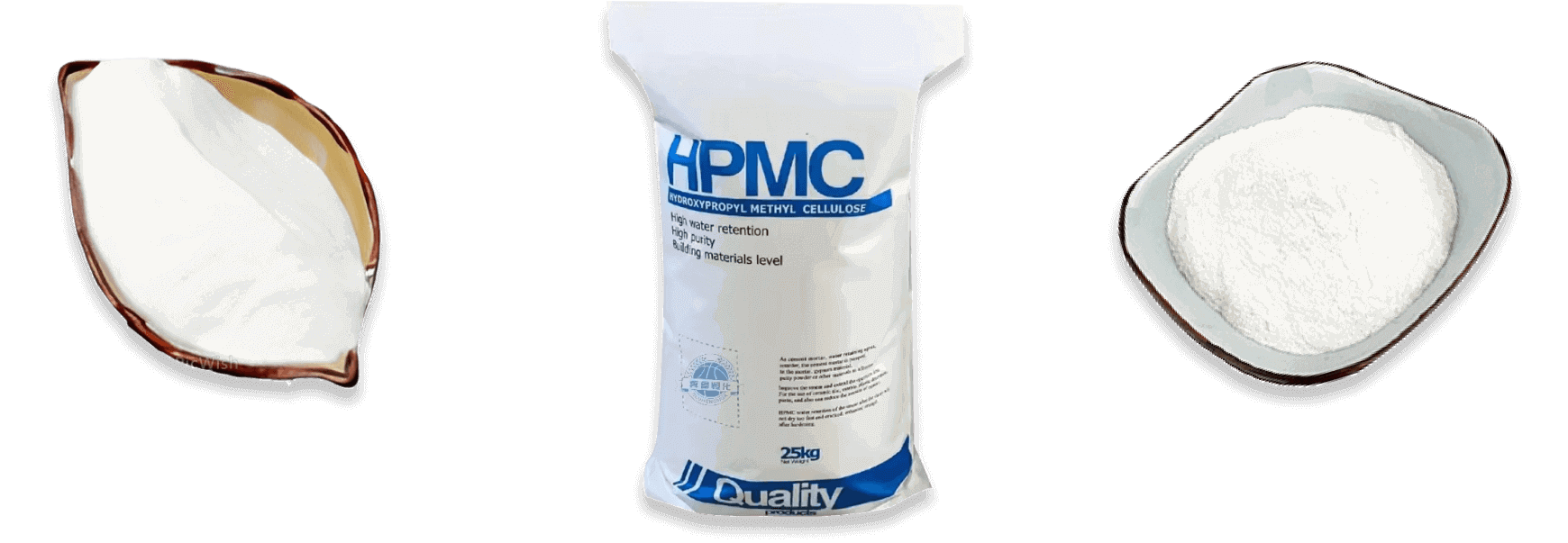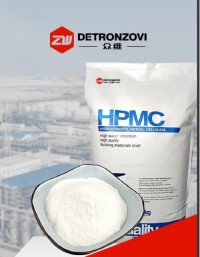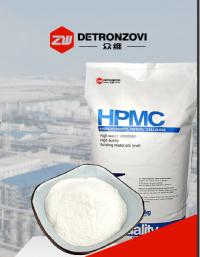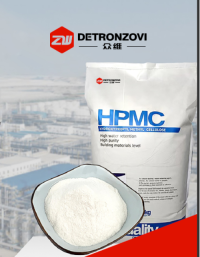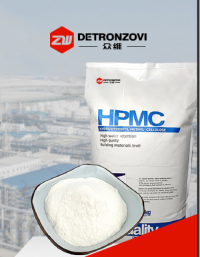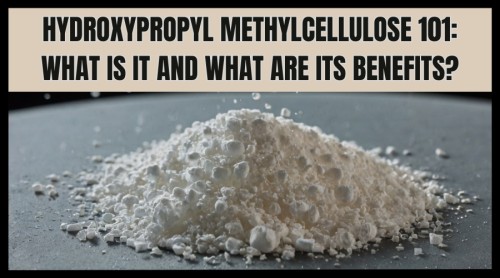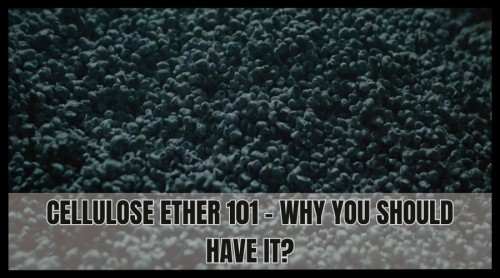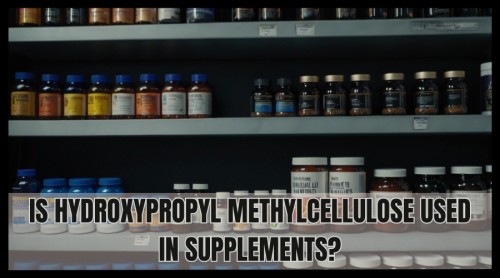Cellulose ether might sound highly technical, but its applications and benefits are far-reaching and significant. Understanding cellulose ether can be highly beneficial if you are involved in industries such as construction, pharmaceuticals, food, or personal care. This versatile compound is derived from natural cellulose and has transformed various industries with its unique properties. This article will delve deep into what cellulose ether is, its types, applications, benefits, and why it is an essential component in numerous products.
What is Cellulose Ether?
Cellulose ether is a modified form of cellulose, the primary component of plant cell walls. Through chemical reactions, cellulose is transformed into cellulose ether, which possesses unique properties such as solubility in water and organic solvents, thickening, binding, and film-forming capabilities. These properties make cellulose ether an invaluable ingredient in many industrial and consumer products.
Chemical Composition and Structure
Cellulose ether is created by substituting the hydroxyl groups in cellulose with other groups such as methyl, ethyl, or hydroxypropyl. This modification changes cellulose's solubility and functional properties, making it more versatile and useful in various applications. The degree of substitution and the type of substituent groups can be tailored to achieve specific properties, allowing cellulose ether to be customized for different uses.
Historical Development
The development of cellulose ether dates back to the early 20th century when scientists began exploring ways to modify natural cellulose to enhance its properties. Over the years, advancements in chemical engineering and technology have created various types of cellulose ether with improved performance and broader applications.
Types of Cellulose Ether
There are several types of cellulose ether, each with specific properties and applications:
1. Methyl Cellulose (MC)
Methyl cellulose is known for its excellent water retention, binding, and thickening properties. It is widely used in construction materials, adhesives, and food products.
· Construction: In construction, methylcellulose improves cement-based materials' workability and water retention, enhancing their strength and durability.
· Food Industry: In the food industry, it acts as a thickener and stabilizer in products like ice creams, sauces, and dressings, providing the desired texture and consistency.
· Pharmaceuticals: Methyl cellulose is a tablet-binding agent that ensures it holds together and dissolves properly.
2. Hydroxypropyl Methylcellulose (HPMC)
HPMC is a versatile cellulose ether with applications in pharmaceuticals, construction, and personal care products. It acts as a thickener, emulsifier, and film-former.
· Pharmaceuticals: HPMC is used in controlled-release drug formulations, allowing for the gradual release of the active ingredient over time.
· Construction: In construction, HPMC improves the adhesion, workability, and water retention of cement and plaster.
· Personal Care: In personal care products like shampoos and lotions, HPMC provides a smooth, consistent texture and enhances the product's stability.
3. Carboxymethyl Cellulose (CMC)
CMC is a common ingredient in detergents and paper products. It is used in food, pharmaceuticals, and cosmetics for its excellent binding, thickening, and stabilizing properties.
· Food Industry: CMC is a thickener and stabilizer in products like ice cream, sauces, and bakery items, enhancing their texture and shelf life.
· Pharmaceuticals: CMC acts as a stabilizer and binder in tablets and liquid formulations.
· Detergents: CMC is used in detergents to improve their viscosity and stability, ensuring effective cleaning performance.
4. Ethyl Cellulose (EC)
Ethyl cellulose is primarily used in the pharmaceutical industry as a film-former and tablet binder. It is also used in coatings and inks.
· Pharmaceuticals: EC is used to coat tablets to control the release of the active ingredient and protect it from degradation.
· Coatings: Ethyl cellulose is used in the coatings industry to create protective and decorative films on various surfaces.
· Inks: Ethyl cellulose is used in ink formulations to improve viscosity and stability, ensuring consistent printing quality.
5. Hydroxyethyl Cellulose (HEC)
HEC is used in personal care products, paints, and coatings due to its thickening, emulsifying, and stabilizing properties.
· Personal Care: HEC is used in products like shampoos, conditioners, and lotions to provide a smooth, consistent texture and enhance product stability.
· Paints and Coatings: In the paints and coatings industry, HEC improves the viscosity and application properties of the products, ensuring a smooth, even finish.
· Construction: HEC is used in construction materials to improve their workability and water retention, enhancing their performance and durability.
Applications of Cellulose Ether
Cellulose ether's unique properties make it suitable for various applications across various industries. Here are some key applications:
1. Construction Industry
In the construction industry, cellulose ether is a key ingredient in cement-based materials, plaster, and mortar. It enhances workability, water retention, and adhesion, improving the construction materials' performance and durability.
· Cement-Based Materials: Cellulose ether improves the workability and consistency of cement-based materials, making them easier to apply and finish.
· Plaster and Mortar: In plaster and mortar formulations, cellulose ether enhances adhesion, water retention, and crack resistance, ensuring long-lasting performance.
· Tile Adhesives: Cellulose ether is used in tile adhesives to improve their bonding strength and flexibility, ensuring secure and durable tile installations.
2. Pharmaceutical Industry
Cellulose ether is used in pharmaceuticals as a binder, film-former, and controlled-release agent in tablet formulations. It ensures the medication's stability and efficacy.
· Tablets: Cellulose ether acts as a binder in tablet formulations, ensuring they hold together and dissolve appropriately in the body.
· Controlled-Release Formulations: Cellulose ether regulates the release of the active ingredient over time, ensuring consistent therapeutic effects.
· Capsules: Cellulose ether improves the stability and dissolution properties of capsule formulations, ensuring the effective delivery of the active ingredient.
3. Food Industry
Cellulose ether is used as a thickener, stabilizer, and emulsifier in food products. It improves texture, extends shelf life, and enhances the overall quality of food items.
· Baked Goods: In baked goods, cellulose ether improves the texture and moisture retention, resulting in softer, fresher products.
· Sauces and Dressings: Cellulose ether is a thickener and stabilizer in sauces and dressings, providing the desired consistency and preventing separation.
· Dairy Products: Cellulose ether enhances texture and stability in dairy products like ice cream and yogurt, ensuring a smooth, creamy consistency.
4. Personal Care Products
In personal care products, such as shampoos, lotions, and creams, cellulose ether is a thickening agent, emulsifier, and stabilizer. It ensures the consistency and effectiveness of the products.
· Shampoos and Conditioners: Cellulose ether provides shampoos and conditioners with a smooth, consistent texture, enhancing their performance and feel.
· Lotions and Creams: Cellulose ether acts as a thickener and stabilizer in lotions and creams, ensuring a smooth, non-greasy feel and enhancing product stability.
· Toothpaste: Cellulose ether is used in formulations to improve viscosity and stability, ensuring effective cleaning and a pleasant texture.
5. Paints and Coatings
Cellulose ether is used in paints and coatings to improve viscosity, stability, and film-forming properties. It enhances the application and finish of the coatings.
· Paints: Cellulose ether improves viscosity and stability in paint formulations, ensuring a smooth, even application and finish.
· Coatings: Cellulose ether enhances the film-forming properties of coatings, providing a protective and decorative layer on various surfaces.
· Inks: In ink formulations, cellulose ether improves viscosity and stability, ensuring consistent printing quality and performance.
6. Adhesives
In the adhesive industry, cellulose ether improves the viscosity, adhesion, and stability of adhesive formulations, ensuring strong and durable bonds.
· Wood Adhesives: Cellulose ether is used in wood adhesives to improve their bonding strength and flexibility, ensuring secure and durable wood joints.
· Paper Adhesives: In paper adhesives, cellulose ether enhances viscosity and stability, ensuring effective bonding and durability.
· Construction Adhesives: Cellulose ether is used in construction adhesives to improve their bonding strength and flexibility, ensuring secure and durable installations.
7. Paper Industry
Cellulose ether is used in the paper industry as a coating and sizing agent. It improves the quality, strength, and printability of paper products.
· Coating: Cellulose ether is used as a coating agent to improve the surface properties of paper, enhancing its printability and appearance.
· Sizing: In paper sizing, cellulose ether improves paper's water resistance and strength, ensuring better performance and durability.
· Printing: Cellulose ether enhances the printability of paper products, ensuring high-quality, consistent printing results.
Benefits of Using Cellulose Ether
Using cellulose ether offers numerous benefits, making it a preferred choice in various industries:
1. Enhanced Water Retention
Cellulose ether improves water retention in materials, ensuring better consistency and stability.
· Construction Materials: Enhanced water retention in construction materials ensures better workability and adhesion, leading to improved performance and durability.
· Food Products: Improved water retention enhances texture and shelf life in food products, ensuring high-quality, consistent results.
· Pharmaceuticals: In pharmaceuticals, enhanced water retention ensures the stability and efficacy of the medication, ensuring consistent therapeutic effects.
2. Improved Workability
In construction materials, cellulose ether enhances workability, making it easier to apply and manipulate.
· Cement-Based Materials: Improved workability ensures easier application and finishing of cement-based materials, leading to better performance and durability.
· Plaster and Mortar: Enhanced workability ensures easier application and manipulation of plaster and mortar, resulting in improved adhesion and crack resistance.
· Tile Adhesives: Improved workability ensures easier application and manipulation of tile adhesives, ensuring secure and durable tile installations.
3. Stability and Shelf Life
In food and pharmaceuticals, cellulose ether extends the shelf life of products by preventing separation and degradation.
· Food Products: Extended shelf life ensures high-quality, consistent food products, enhancing consumer satisfaction and reducing waste.
· Pharmaceuticals: Extended shelf life ensures the stability and efficacy of medications, ensuring consistent therapeutic effects and patient safety.
· Personal Care Products: Extended shelf life ensures the stability and effectiveness of personal care products, ensuring consistent performance and consumer satisfaction.
4. Versatility
Cellulose ether's versatility allows it to be used in various applications, from construction to personal care.
· Construction: In construction, cellulose ether enhances the workability, water retention, and adhesion of cement-based materials, ensuring better performance and durability.
· Pharmaceuticals: In pharmaceuticals, cellulose ether acts as a binder, film-former, and controlled-release agent in tablet formulations, ensuring the stability and efficacy of the medication.
· Food Products: In food products, cellulose ether acts as a thickener, stabilizer, and emulsifier, enhancing texture, shelf life, and overall quality.
5. Eco-Friendly
Derived from natural cellulose, cellulose ether is biodegradable and environmentally friendly.
· Construction Materials: Using eco-friendly cellulose ether in construction materials ensures sustainable and environmentally responsible building practices.
· Food Products: Using eco-friendly cellulose ether in food products ensures sustainable and environmentally responsible food production practices.
· Personal Care Products: Using eco-friendly cellulose ether in personal care products ensures sustainable and environmentally responsible manufacturing practices.
Why You Should Have Cellulose Ether
Having cellulose ether in your product formulations can significantly improve the quality and performance of your products. Here are some reasons why you should consider incorporating cellulose ether:
1. Quality Improvement
Cellulose ether enhances products' overall quality, whether in construction, food, or pharmaceuticals.
· Construction Materials: Enhanced quality ensures better performance and durability of construction materials, leading to improved building practices and outcomes.
· Food Products: Enhanced quality ensures high-quality, consistent food products, enhancing consumer satisfaction and reducing waste.
· Pharmaceuticals: Enhanced quality ensures the stability and efficacy of medications, ensuring consistent therapeutic effects and patient safety.
2. Cost-Effective
Despite its high functionality, cellulose ether is cost-effective, providing excellent value for money.
· Construction Materials: Cost-effective cellulose ether ensures better performance and durability of construction materials at a reasonable cost.
· Food Products: Cost-effective cellulose ether ensures high-quality, consistent food products at a reasonable cost.
· Pharmaceuticals: Cost-effective cellulose ether ensures the stability and efficacy of medications at a reasonable cost.
3. Consumer Satisfaction
Products containing cellulose ether often perform better, leading to higher consumer satisfaction.
· Construction Materials: Improved performance of construction materials ensures higher consumer satisfaction and better building outcomes.
· Food Products: Improved performance of food products ensures higher consumer satisfaction and better overall quality.
· Pharmaceuticals: Improved performance of medications ensures higher consumer satisfaction and better therapeutic outcomes.
4. Regulatory Compliance
Cellulose ether meets regulatory standards in various industries, ensuring the safety and efficacy of your products.
· Construction Materials: Using regulatory-compliant cellulose ether ensures safe and effective construction materials that meet industry standards and regulations.
· Food Products: Using regulatory-compliant cellulose ether ensures safe, high-quality food products meet industry standards and regulations.
· Pharmaceuticals: Using regulatory-compliant cellulose ether ensures safe and effective medications that meet industry standards and regulations.
Conclusion
In conclusion, cellulose ether is a highly versatile and valuable compound that is crucial in numerous industries. Its unique properties, such as water retention, thickening, and stabilizing, make it an essential ingredient in many products. Incorporating cellulose ether into your formulations can improve product quality, enhance performance, and achieve higher consumer satisfaction. Whether you are in construction, pharmaceuticals, food, or personal care, understanding and utilizing cellulose ether can provide significant benefits. So, why should you have cellulose ether? The answer is clear – it offers unparalleled advantages that can elevate your products and meet the demands of today's market.








